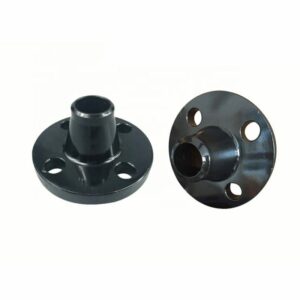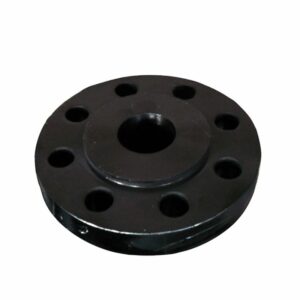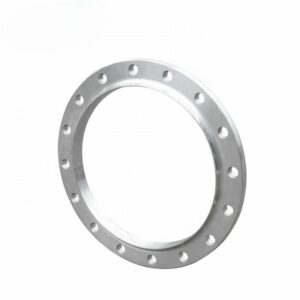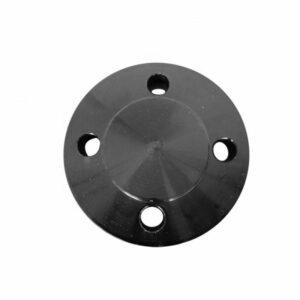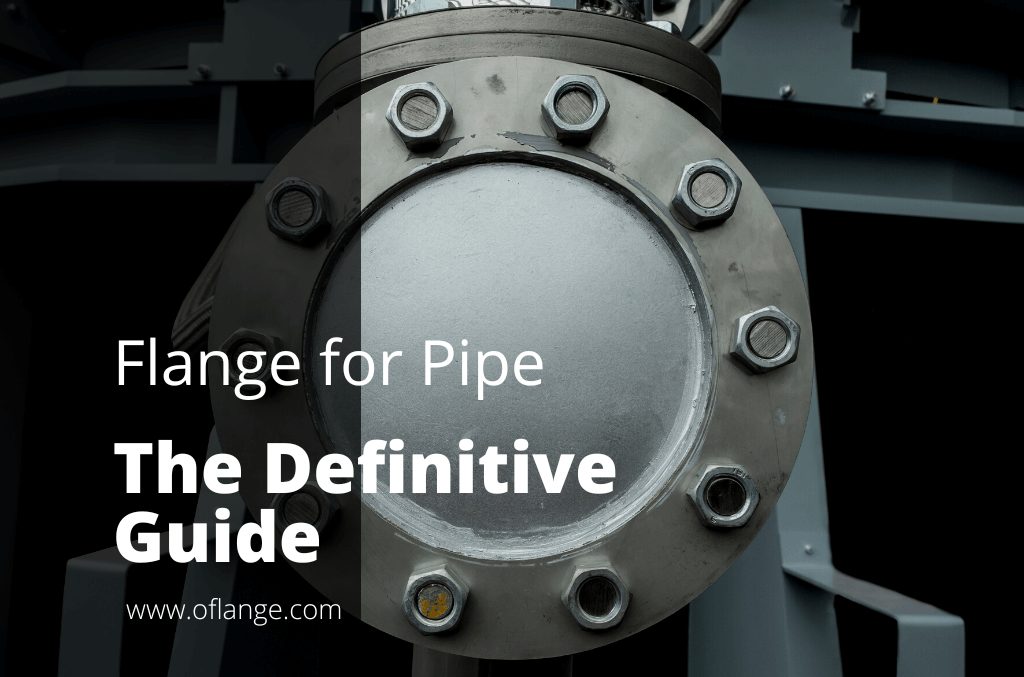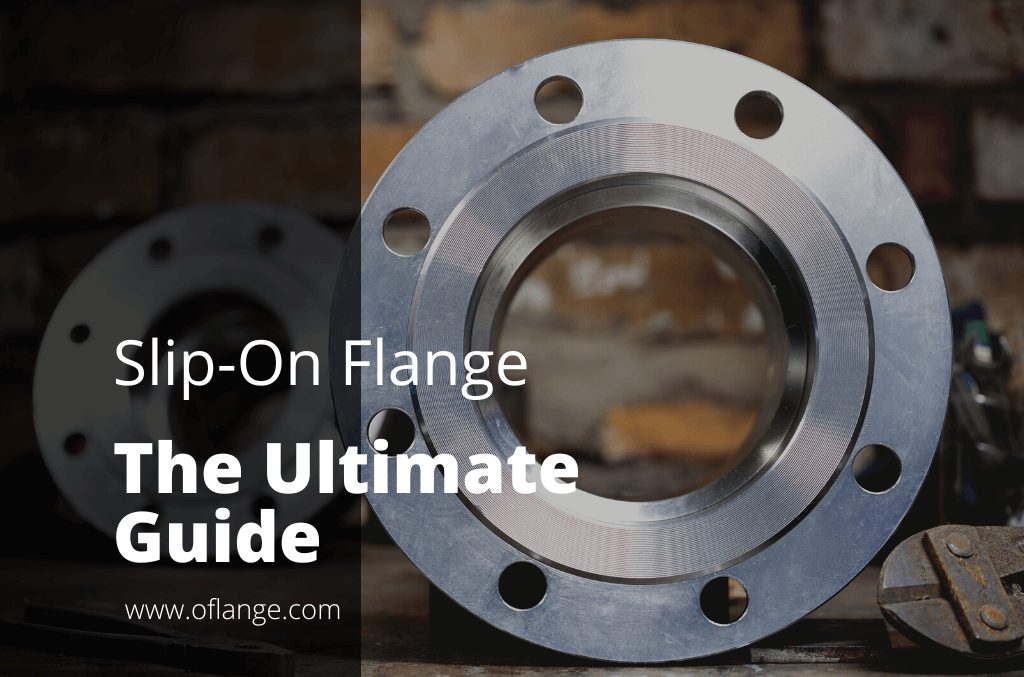PRODUCT FEATURES
Raised Face Flange Manufacturer to Rocket Your Business
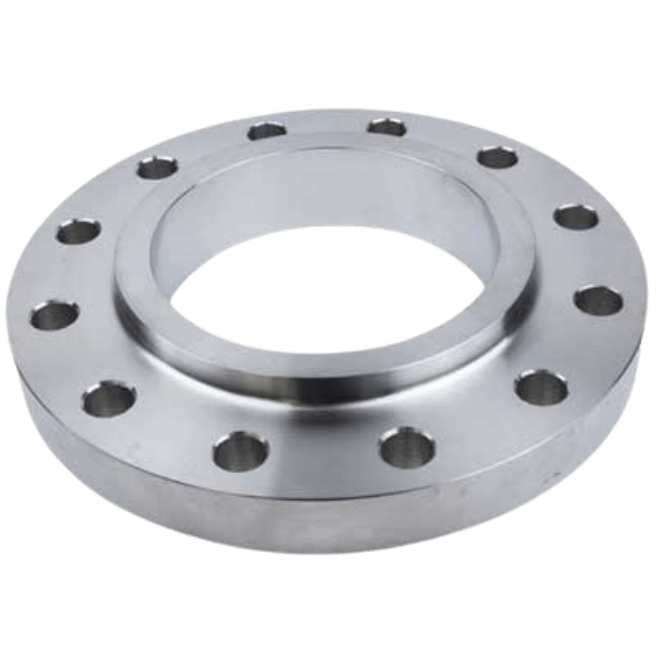
PRODUCTS
Proud To Offer A Wide Variety Of Flanges
If you are looking for something specific that isn’t listed on our website yet, just contact us today!

ABOUT US
Who Is Oflange.com
oflange.com have seen that today there are also many flange companies in China & internationally. However, their solutions were still stuck a few years ago.
In fact, we have been upgraded in recent years, and oflange.com hope our smart and flexible solutions can inject fresh blood into this market.
PARTNER
Who Trust Us





BUYER’S GUIDE
The Ultimate Guide to Raised Face Flange
If you are in the business of selling flanges, then you know that raised face flanges are a must-have for your inventory. But what do you need to know about them before you start stocking up?
In this guide, we will take a look at everything you need to know about raised face flanges, from their uses and applications to their sizing and specifications. We will also give you some tips on how to choose the right flange for your needs.
Let’s get started!
Table of contents
1. What Is a Raised Face Flange
A raised face flange, also known as RF flange, is a type of flange that features a raised edge or collar around the circumference of the flange.
This raised edge helps to ensure a tight seal between the flange and the mating surface, which makes them ideal for use in high-pressure applications.
The main purpose of a raised face flange is to concentrate the pressure of the two mating flange on a tiny surface, hence improving the seal’s strength.
The gasket surface area of a raised face flange is located above the flange’s bolting line, making it easier to identify. A raised face flange can be used with a variety of flange gaskets, from flat to semi-metallic and metallic kinds (such as jacketed and spiral wound gaskets), in either ring or full face configurations.
The increased face height is determined by the flange pressure rating as described by the ASME B16.5 specification (1.6 mm or 1/16 inch for pressure classes 150 and 300, and about 6.4 mm or 1/4 inch for pressure classes 400 to 2500).
For ASME B16.5 RF flanges, the most common flange finish is 125 to 250 micron Ra (3 to 6 micron Ra). According to ASME B16.5, the raised face is the standard flange face finish for manufacturers (this means that buyer shall specify in the order if another flange face is required, as flat face or ring joint).
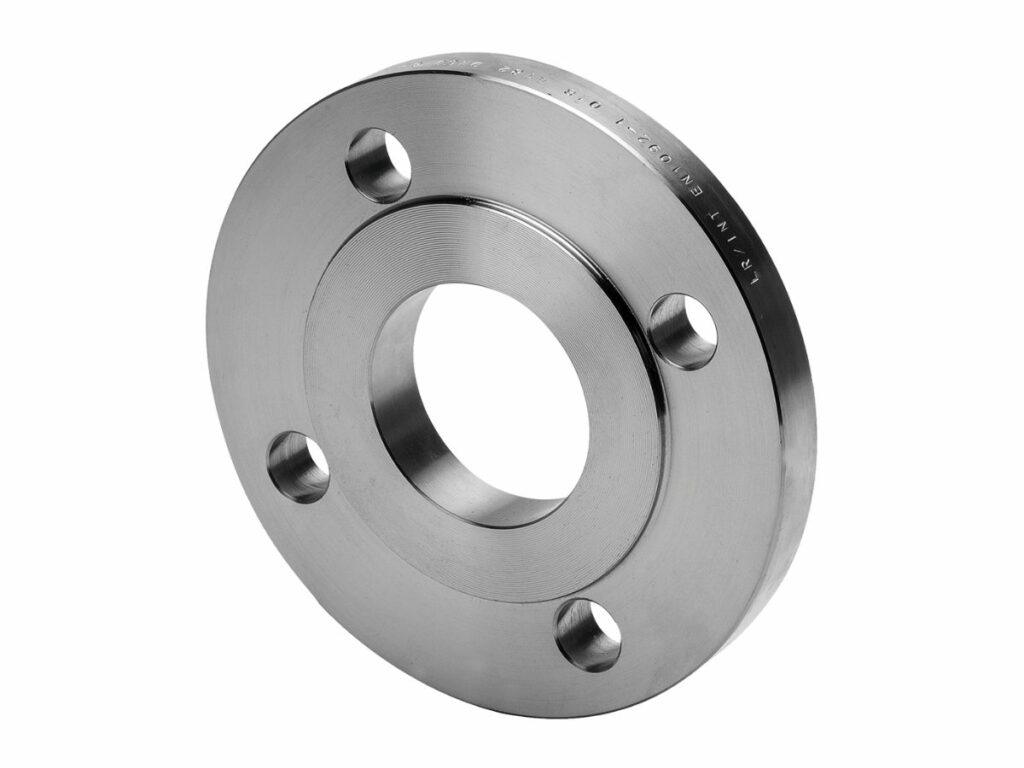
2. Applications of Raised Face Flange
Raised face flanges is a type of flange that is very versatile when it comes to its applications. These are commonly used in the following
- Piping systems in the oil and gas industry
- Chemical processing plants
- Power generation facilities
- Paper mills
- Food and beverage production facilities
3. How Do I Install a Raised Face Flange on My Pipe Fittings
Installing a pipe can be a daunting task, but with the correct procedure, you can easily install a raised face flange on your pipe fittings. Here is a step by step guide on how to install a raised face flange:
Step #1 Locating the Raised Face Flange
This is the first step you need to know. The raised face flange is typically located on the pipe fittings that are close to the wall.
Step #2 Marking the Pipe Fitting for Cutting
Once you have found the raised face flange, you will need to mark it for cutting. You can do this by using a sharpie or other type of marker.
Step #3 Cutting the Pipe Fitting
After you have marked it for cutting, use a pipe cutter to cut the raised face flange off of the pipe fitting. Be sure to make a clean cut so that there are no sharp edges on the raised face flange.
Step #4 Installing the Raised Face Flange
Now that the raised face flange is cut, you can install it on the pipe fitting. Insert your bolts and tighten them using a wrench. Be sure to use thread sealant tape on the threads of the raised face flange and pipe fitting so that there is a tight seal.
Step #5 Checking for Leaks
Once you have installed the raised face flange, it is important to check for leaks. Apply pressure to the connection and look for any leaks. If there are any leaks, tighten the bolts on the raised face flange until they are tight.
Once you have completed these steps, your raised face flange will be installed and you can begin using it on your pipe fittings.
4. Benefits of Using a Raised Face Flange Over Other Types of Flanges
These set of benefits are why raised face flanges are a popular choice for many piping systems. It can help people make the right decision in choosing a flange for their project. Here are some of the benefits of using a raised face flange over other types of flanges.
| 1 | Improved Seal |
| 2 | Wide Variety of Gasket Options |
| 3 | Durability |
| 4 | Versatility |
| 5 | Ease of Installation |
Improved Seal
The raised edge or collar around the circumference of the flange helps to ensure a tight seal between the flange and the mating surface, which makes them ideal for use in high-pressure applications.
Wide Variety of Gasket Options
A raised face flange can be used with a variety of flange gaskets, from flat to semi-metallic and metallic kinds (such as jacketed and spiral wound gaskets), in either ring or full face configurations.
Durability
Raised face flanges are durable and can withstand the high pressure and temperature requirements of many industrial applications. They are also corrosion-resistant, which makes them ideal for use in harsh environments.
Versatility
Raised face flanges can be used with a variety of piping materials, including carbon steel flanges, stainless steel and aluminum. They are also compatible with a range of connection types, including welding, threading and socketing.
Ease of Installation
Raised face flanges are easy to install, which can save time and money on your project. They also require little or no maintenance, making them a cost-effective choice in the long run.
If you are looking for a raised face flange, be sure to check out the selection at Oflange. We carry a variety of raised face flanges in different sizes and materials to meet your needs.
5. Drawbacks to Using a Raised Face Flange
Drawbacks doesn’t mean you shouldn’t use a raised face flange. It only means that raised face flanges aren’t perfect and have some minor disadvantages when compared to other types of flanges. Here are the disadvantages of using a raised face flange.
Requires Machining
A raised face flanges require a machining process to create the raised lip. This can add to the overall cost of the flange.
More Susceptible to Damage
Since the raised face is created through machining, it is more susceptible to damage during installation and use.
Higher Pressure Drops
Raised face flanges have higher pressure drops than other types of flanges due to the raised lip.
Potential Leakage Paths
The raised face can create potential leakage paths if not installed correctly.
Welding Required
Raised face flanges must be welded to complete the connection. This adds steps to the installation process.
6. Most Common Problems With Raised Face Flanges, and How Can You Avoid Them
These are normal problems that occur when raised face flanges are used in a piping system. Although they may seem serious, they can be easily avoided with proper installation and maintenance. Here are the most common problems with raised face flanges and how you can avoid them.
Leakage
The raised face flange can be susceptible to leakage if not installed correctly. To avoid this, be sure to use thread sealant tape on the threads of the raised face flange and pipe fitting.
Burrs
If the raised face flange is not machined properly, it can have burrs that can cause problems during installation or operation. Be sure to inspect the raised face flange for any burrs before using it.
Wrong Gasket Type
If you are not using the correct gasket type with your raised face flange, you can experience leakage or other problems. Make sure to use the right gasket type for your application.
Incorrect Bolting
Incorrect bolting can cause the raised face flange to leak. Be sure to follow the manufacturer’s instructions for proper bolting.
Piping Stress
When the raised face flange is tightened down, it can put stress on the piping, which can lead to failure. To avoid this from happening, be sure to use a piping support system that is designed for raised face flanges.
Poor Sealing
If the raised face flange is not properly sealed, it can lead to leakage. Make sure the raised face flange is seated properly on the mating surface and the sealant is applied correctly.
These are some of the most common problems with raised face rf flanges. By following these tips, you can avoid these problems and ensure a successful installation.
7. Types of Raised Face Flange
There are different types of raised face flange, each of them has its features and designs that make it unique from the others. Here are the different types of raised face flange.
Slip On Raised Face Flange
Slip on raised face flange is the most common flange rf type. It is easy to install and does not require welding. However, it is not as strong as other types of raised face flange.
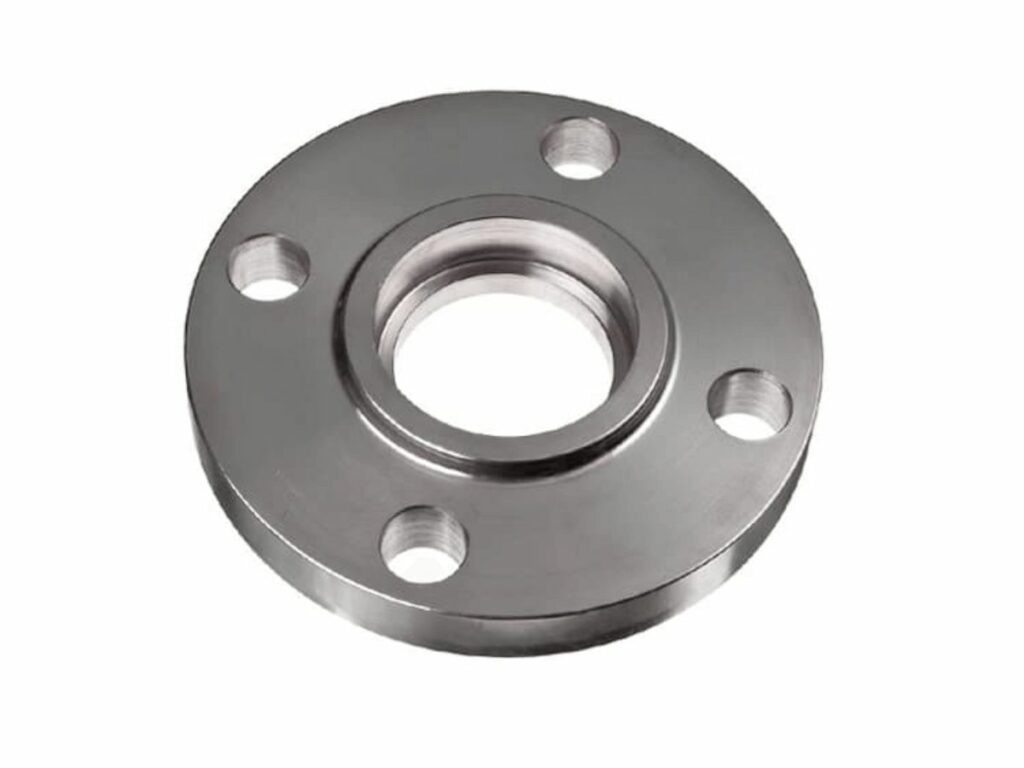
Weld Neck Raised Face Flange
Weld neck raised face flange is stronger than the slip on raised face flange. It is more difficult to install, but it is worth the extra effort because of its strength.
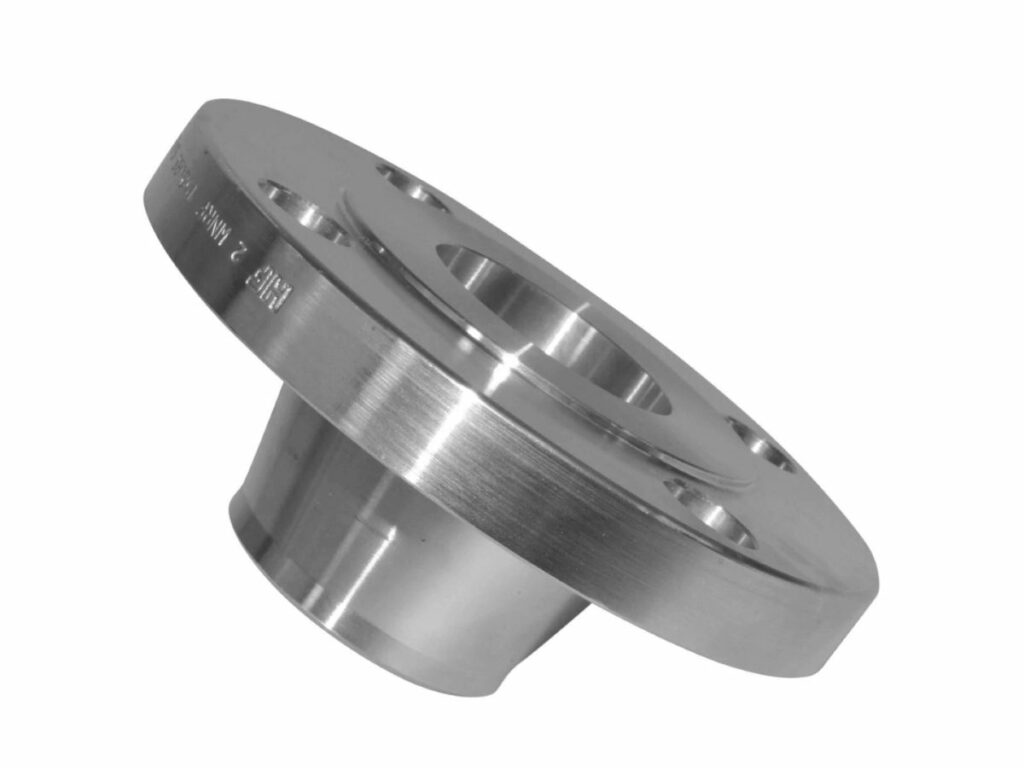
Threaded Raised Face Flange
Threaded raised face flange is also strong and durable. It can be installed easily and does not require welding.
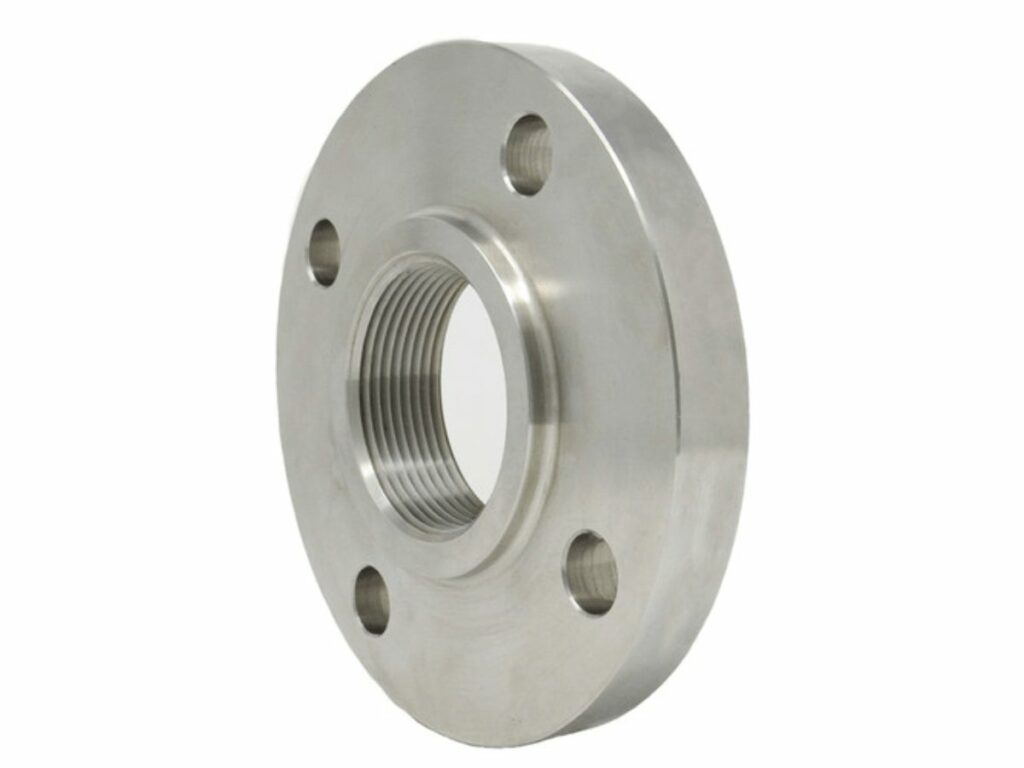
Blind Raised Face Flange
Blind raised face flange is not as common as the other rf type flange. It is used when there is no need to attach the flange to anything else.
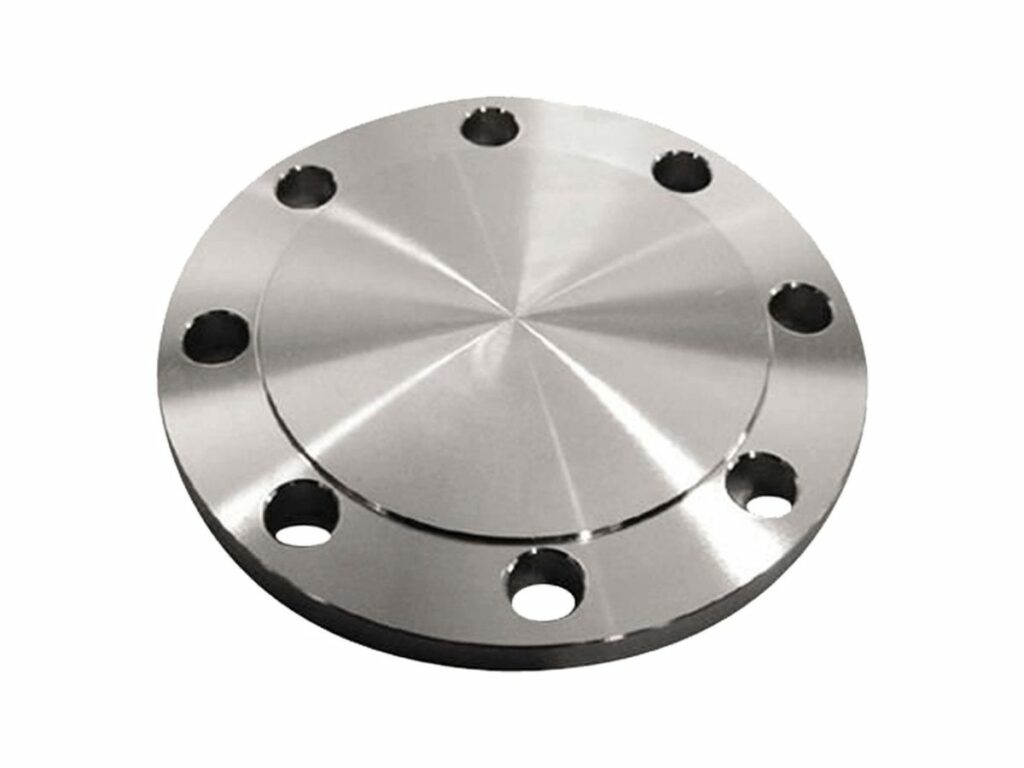
Socket Weld Raised Face Flange
Socket weld raised face flange is also not as common as the other types of raised face flange. It is easy to install and does not require welding.
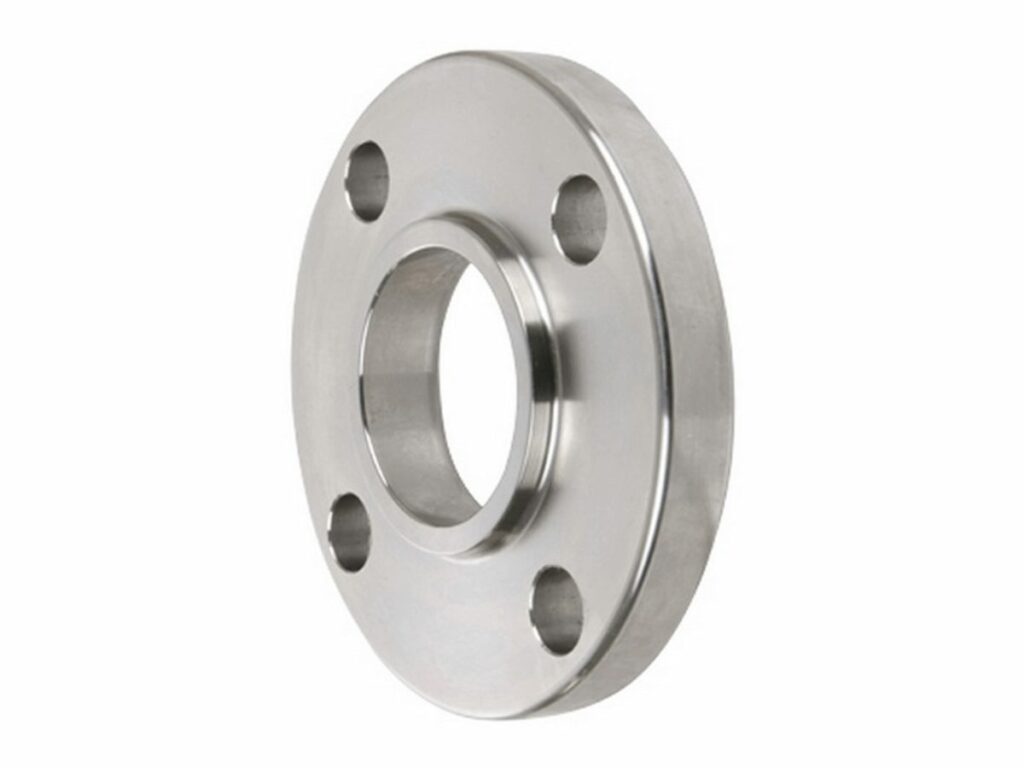
Lap Joint Flange
Lap joint raised face flange is the least common type of raised face flange. It is used when there is no need to attach the flange to anything else.

Each type of raised face flange has its own advantages and disadvantages. It is important to know the difference between each type so that you can choose the best option for your needs. Remember to always consult with a professional before making any decisions.
8. Difference of Raised Face Flange vs Flat Face Flange
The difference between raised face flange and flat face flange is not limited to the face type. You can easily identify the difference by looking at the nut and bolt pattern. Here are the other differences:
Raised Face to Flat Face Flange Connection
Raised face flange connections are made between a raised face flange and a flat face flange. The raised face flange has a protrusion that is greater in height than the width of the bore, while the flat face flange has a smooth surface with no protrusions.
Raised Face to Flat Face Flange Adapter
There are raised face to flat face flange adapters available that can be used to connect a raised face flange to a flat face flange. The adapter has a raised face on one side and a flat face on the other, so it can be inserted between the two types of flanges.
Raised Face to Flat Face Flange Spacer
If you do not have an adapter available, you can use a raised face to flat face flange spacer. This is a piece of metal that has a raised face on one side and a flat face on the other. It is inserted between the two types of flanges to create the connection. The spacer must be slightly smaller in diameter than the bore of the raised face flange, so it will fit securely in place.
Raised Face to Flat Face Flange Gasket
The raised face to flat face flange gasket is used to seal the connection between the two types of flanges. The gasket is placed on the raised face flange and then the flat face flange is placed over it. The bolts are then tightened to secure the flanges in place. The gasket prevents leaks by filling the space between the two flanges.
9. How Do I Know if a Raised Face Flange Is the Right Choice
Choosing the raised face flange over the flat face flange is a matter of preference and application. There are a few things to consider when deciding if a raised face flange is the right choice for your application.
Purpose of Flange
The first thing to consider is the purpose of the flange. This way you can select the right raised face flange for your needs.
Dimensions of Flange
The raised face flange dimensions should also be considered. This will help to ensure that the raised face flange is compatible with your piping.
Material of Flange
The material of the raised face flange should also be considered. This will help to ensure that the raised face flange can handle the required loads and pressures.
Installation Requirement
The installation requirements should also be considered. This will help to ensure that the raised face flange can be installed in the required space.
If you will compare raised face flange vs flat face flanges, raised face flanges are more common because they can be used in a variety of applications. While the flat face flange is more limited in its uses, it does have some advantages.
It is important to know the difference between each type so that you can choose the best option for your needs. Remember to always consult with a professional before making any decisions.
10. Raised Face Flange Manufacturers
There are a lot of raised face flange manufacturers to choose from. This can make it difficult to know which one is the best for your needs. Here are a list of raised face flange manufacturers.
- Oflange
- Swagelok
- Parker Hannifin
- ASME Flange
- Ametek Lamb
- GE Energy
Each of these manufacturers offers a variety of raised face flanges that can meet your specific needs. Be sure to select the right raised face flange for your application. By understanding the different types of raised face flanges and their benefits, you can make an informed decision about which one is best for your application.
11. Conclusion
Raised face flanges are a type of flange that is raised above the pipe or fitting surface. This design allows for a better seal and helps to prevent leaks. They are commonly used in high-pressure and temperature applications.
If you are looking for a reliable way to connect two pipes or fittings, a raised face flange may be the best option for you.
Contact us at Oflange if you have any more questions about raised face flange. We look forward to hearing from you!
